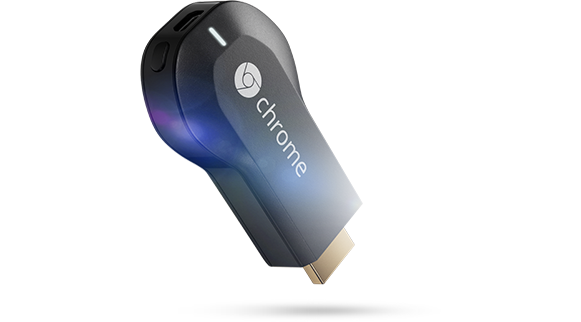Mobile service provider use of Wi-Fi for data offload will grow at a 215 percent compound annual growth rate from 2012 to 2017.
User-driven Wi-Fi offload, using at-home, at-work or other connections, will also grow at a significant growth rate of 49 percent.
Perhaps significantly, iGR predicts Wi-Fi-only connections from devices such as tablets, laptops, ereaders, and handheld gaming consoles will decline. That represents a predicted shift to more mobile carrier connections, something that already is seen as users shift to shared access data plans that allow a single account to use a shared bucket of data usage, across all devices on the account.
mostly driven by user preference for at-home, at-work or other Wi-Fi connections not directly provided by a service provider.
But the amount of Wi-Fi offload provided directly by a service provider, in high traffic locations, will grow as well, according to researchers at iGR.
Analysts at iGR estimate that in 2012, Wi-Fi-only devices consumed a total of about 0.38 gigabytes (380 Mb) each month, per active device. The analysts say this form of access is the smallest of the Wi-Fi offload usage scenarios.
User-driven Wi-Fi offload, where a subscriber or end user chooses to use a Wi-Fi connection outside the home or office in place of a mobile broadband connection, represented in 2012 about 0.41 GB (410 Mb) per month per active device of usage. This is the predominant form of Wi-Fi offload at the moment.
But carriers also are shifting to use of their own Wi-Fi offload services, directly shifting user access off a mobile network and onto a local Wi-Fi connection, either outdoors or indoors.
Analysts at iGR estimate that in 2012, a total of about 0.04 GB (40 Mb) per month per active device was offloaded to carrier Wi-Fi.
Some service providers, notably NTT, are less sanguine about such offload potential. In part, that is because high density in many Japanese urban areas also means high signal interference, which limits the effectiveness of Wi-Fi hotspots for traffic offload.


